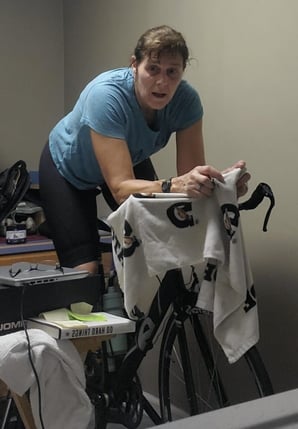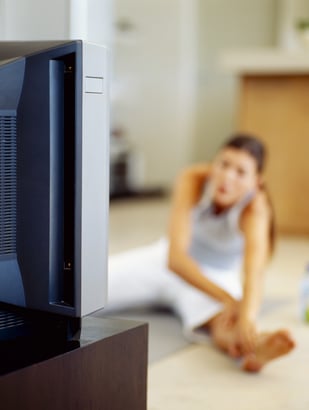 The holidays are a time of joy, celebration, and indulgence, but they can also disrupt our daily routines. Whether you’ve been traveling, enjoying family time, or indulging in festive foods, getting back into a fitness and nutrition routine can feel daunting. If you’re ready to refocus and regain your momentum, here are some practical tips to help you reset and thrive.
The holidays are a time of joy, celebration, and indulgence, but they can also disrupt our daily routines. Whether you’ve been traveling, enjoying family time, or indulging in festive foods, getting back into a fitness and nutrition routine can feel daunting. If you’re ready to refocus and regain your momentum, here are some practical tips to help you reset and thrive.
Focus on Nutrition Basics
Holiday treats are enjoyable, but now is the time to return to balanced eating. Start by incorporating more whole foods into your meals, such as lean proteins, fruits, vegetables, and whole grains. Meal prepping can also be a game-changer. Preparing your meals in advance ensures you have nourishing options ready when life gets busy. Once you’ve started nourishing your body with balanced meals, reintroducing regular physical activity can feel even more manageable and rewarding.
Start with Small Steps
After time away from your regular routine, it’s tempting to dive back in full force. However, starting small allows you to build mental wins that boost confidence and motivation. For example, committing to just a couple of gym sessions per week or taking a daily 15-minute walk can create a sense of accomplishment. These small victories lay the foundation for more ambitious goals, helping you gradually build momentum and reestablish healthy habits.
Prioritize Consistency Over Intensity
Consistency is the cornerstone of sustainable progress. Even if your workouts feel less intense than before, showing up regularly matters more. Consider scheduling your workouts as you would a class or meeting. Having a set time can help re-establish the habit and keep you accountable.
Revisit Your Goals
Use this post-holiday period as an opportunity to reflect on your fitness and health goals. Are they still aligned with your current priorities? If not, adjust them. Setting realistic and specific goals—like improving your squat strength, running a 5K, or simply feeling more energized—can reignite your motivation.
Stay Hydrated and Rested
Hydration and sleep are often overlooked but are crucial for recovery and performance. After holiday travel or late nights, prioritize getting enough quality sleep and drinking plenty of water. These simple actions can boost your energy levels and improve workout performance.
Seek Support
If you’re struggling to find motivation, consider teaming up with a friend or joining a group fitness class. Accountability partners can make the process more enjoyable and help you stay on track. If you need personalized guidance, a Registered Dietitian or fitness coach can provide tailored advice to meet your goals.
Celebrate Small Wins
As you ease back into your routine, celebrate small milestones. Whether it’s completing your first workout of the year or preparing a week’s worth of healthy meals, acknowledging progress keeps you motivated and builds momentum.
Getting back into a routine after the holidays doesn’t have to be overwhelming. By focusing on small, sustainable changes and prioritizing consistency, you can set yourself up for a successful and rewarding year ahead. The most important thing is to start—progress, not perfection, is what truly matters.
Looking for a way to get your goals started? Try with our new fitness program, We Win Together! Start with a personalized strategy session to set a SMART goal and create weekly action plans with your NIFS staff member. Stay motivated through individual check-ins, group meetings, and support from a like-minded wellness team. Sign up today and take the first step toward a healthier, more empowered you!




 How I Did It
How I Did It
 I am amazed at how many times I have heard and continue to hear people try to make a point by saying “they say,” as if just making that statement somehow makes whatever follows true. It would seem, based on how frequently people claim “they” say something, many of the advancements of human civilization somehow can be traced to the research done at the University of They. However, searching through
I am amazed at how many times I have heard and continue to hear people try to make a point by saying “they say,” as if just making that statement somehow makes whatever follows true. It would seem, based on how frequently people claim “they” say something, many of the advancements of human civilization somehow can be traced to the research done at the University of They. However, searching through 